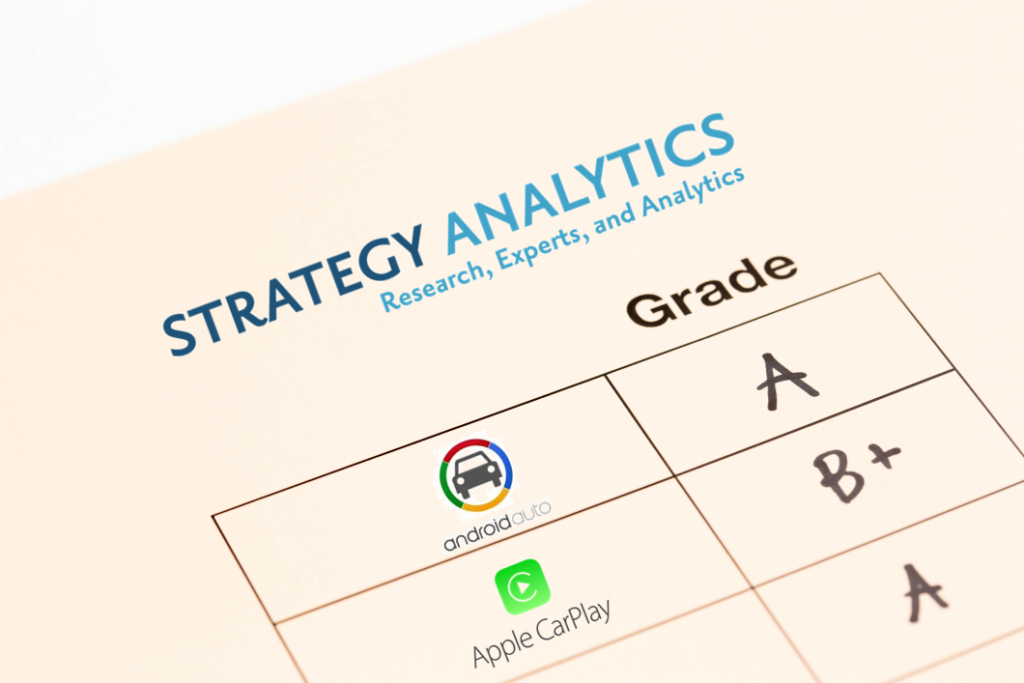
The true measure of a new technology is whether people understand it, use it, and love it. We’re inundated with new gadgetry, devices, and innovation. And most people don’t have the bandwidth, the patience, or the interest to keep pace.
But when you’re talking cars, you’re looking at one of the most scalable industries on the planet. While shared mobility and autonomous cars will undoubtedly lead to fewer vehicles on the road, for the foreseeable future, cars are a good bet. And that’s why so many tech companies and content creators are focused on the automotive sector.
And that leads us to the Apple CarPlay and Android Auto dashboard platforms. Regular readers of this blog know that we’ve been talking about the invasion of the dash by Apple and Google – the two biggest tech companies in the world – since they came to market. Many automotive observers – including those who work for the car companies themselves – doubted the efficacy of both systems.
Today, we know that both Apple CarPlay and Android Auto are part of the automotive mainstream. They are available on many, many new cars and trucks. And their impact on both the auto and radio industries is becoming immense.
When a driver connects her smartphone with either of these platforms, the AM/FM radio disappears – replaced by only some of the apps that are already on their mobile device. Obviously for radio, that’s a problem.
Realizing the importance of these dashboard ecosystems on radio, we’ve been tracking consumer interest in both platforms in our Techsurveys these past two years. Among those who purchased a new car or are in the market for one in 2017, Apple CarPlay and Android Auto are well down the list of the most important media, tech, and entertainment features:
 In fact, less than one-fifth designate these platforms as must-have in their new car or truck, well behind Wifi, Bluetooth, and even a CD player.
In fact, less than one-fifth designate these platforms as must-have in their new car or truck, well behind Wifi, Bluetooth, and even a CD player.
But nonetheless, these systems are already having an impact on the information and entertainment environment in cars. A recent study from Strategy Analytics polled users of both Apple CarPlay and Android Auto to get a bead on whether drivers like these systems, use them, and would recommend them. The director of their Automotive Consumer Insights service, Chris Schreiner, was kind enough to share some of their data with us.
First, usage. And this is where Apple CarPlay shines:
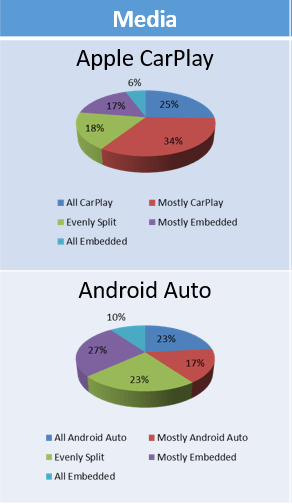
Overall, one-fourth (the blue slice) of Apple CarPlay drivers use that system for everything. And nearly six in ten (blue + red) say they mostly or always use CarPlay while behind the wheel. That’s very impressive usage for a new platform, especially in the car where J.D. Power studies indicate drivers are often reluctant to embrace new features. Clearly, the familiar appearance of the Apple dashboard – sporting icons identical to those on iPhones – plays a role in consumer acceptance.
For Android Auto, the results aren’t nearly as robust. While nearly the same percentage of drivers have totally embraced the platform, only four in ten say they use it most or all the time. Still, for emerging technologies, these are very impressive usage stats.
But then there’s the topic of recommendation. Our Techsurvey stakeholders know we methodically ask the Net Promoter question in all our studies – a measure of a brand or product’s word of mouth.
While metrics and specs matter in the auto evaluation process, an enthusiastic recommendation from a friend, co-worker, or family member is worth its weight in gold. And this is where Android Auto shines:
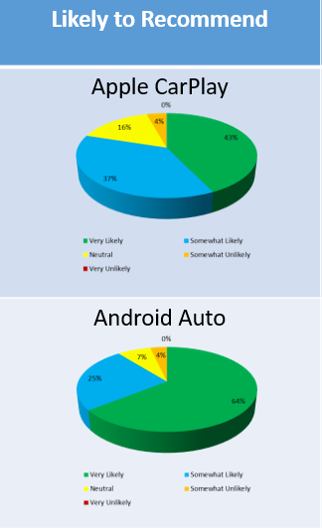
In the case of both auto ecosystems, word of mouth is extremely strong for a new product. And the story is an especially good one for Android Auto.
While more than four in ten (in green) CarPlay owners say they’d be very likely to recommend that system to others, an impressive 64% would be happy to tell their Android Auto story to a friend or colleague.
And conversely, the “very unlikely” to recommend scores are virtually non-existent. This data strongly suggests that both acceptance and recommendation scores are impressive. Apple performs better for usage, while Android leads in word of mouth, but both report cards are stellar. And that might mean some time in summer school for the radio industry.
And as we’ve postulated over the past couple years, the connection between consumers and their smartphones is now porting over to the dashboard.
Apple and Google’s calculation – that many consumers are more loyal to their brand of phone than to the make and model of their car – appears to be spot on.
So for broadcast radio, the challenge of the dashboard just got a little gnarlier. While the convenience of the AM/FM radio tuner continues to keep broadcast stations dominant in cars, the proliferation of Apple CarPlay and Android Auto has ratcheted up the challenge of dashboard visibility and presence. As dashboard touchscreens begin to resemble iPhones and Galaxy Notes, radio’s dominance in its most important listening location is under attack.
That’s why our mobile app development company, jācapps, was first to adapt radio apps to be compatible in both the Apple and Google dashboard ecosystems. When your station app appears alongside your phone, email, music , maps, text messages, and podcasts, you’re in the game.
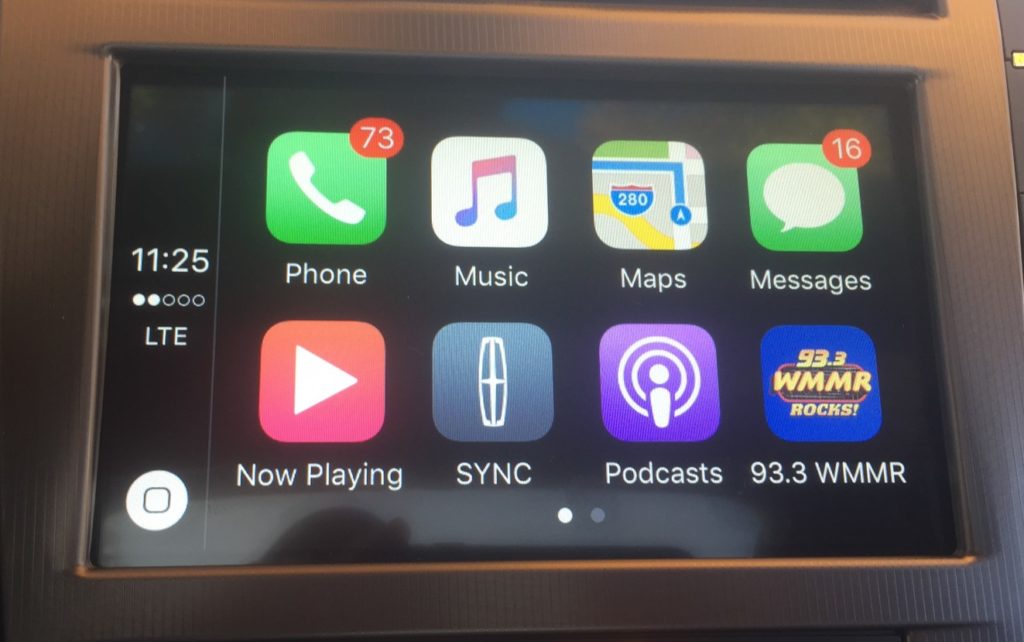
This isn’t a “grand solution” for radio, but it’s a stopgap solution for a challenge that goes well beyond technology.
Autonomous cars – springing up in cities and towns all over America – are just over the horizon. And what will end up in their dashboards is sketchy. More and more, it appears that consumers will bring their content into these vehciles, thus necessitating a strong mobile strategy for every radio brand in America.
But there’s also the content challenge. Because in an automotive environment where virtually all entertainment and information are available at the touch of an icon, what is it about 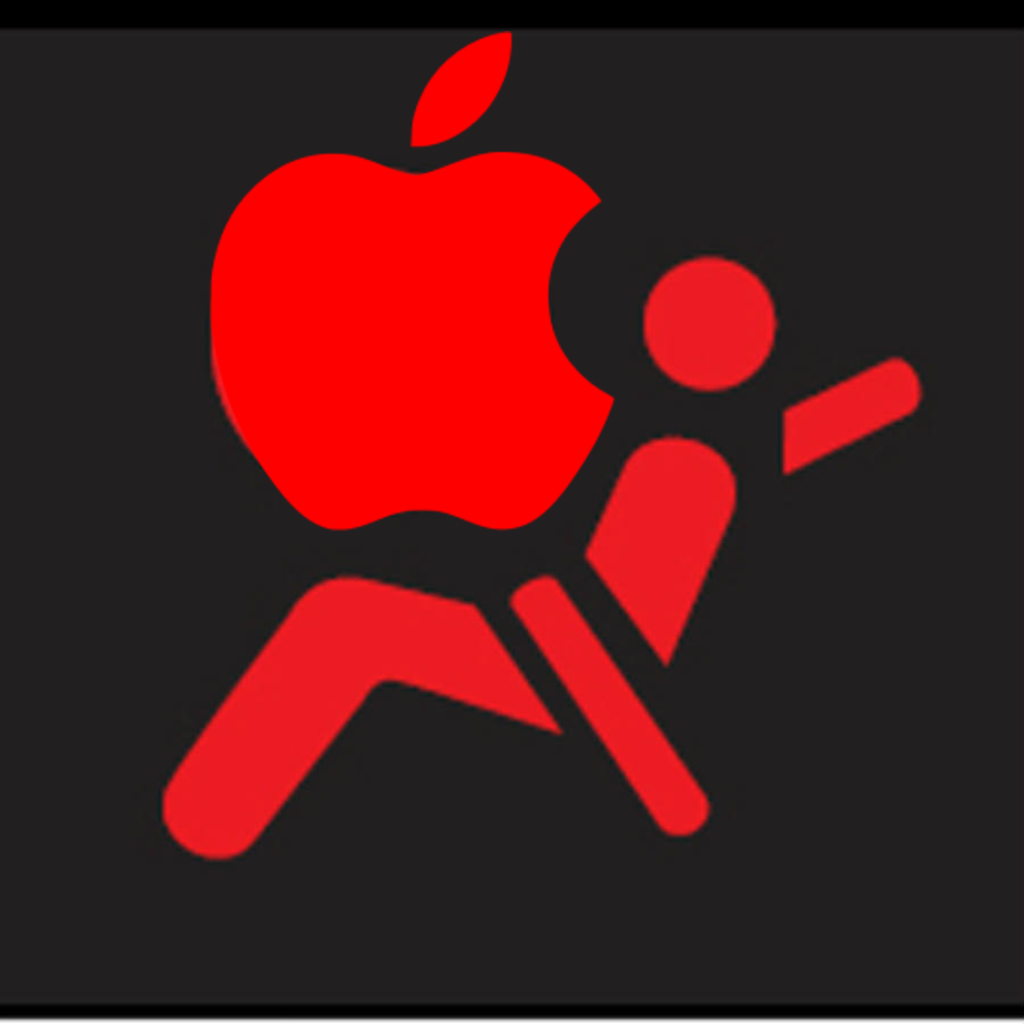 your content – your station, your brand, your morning show, your audience connection – that stands out and demands a driver’s attention?
your content – your station, your brand, your morning show, your audience connection – that stands out and demands a driver’s attention?
You won’t find the answers in PPM rankers or in meter placement data. You likely won’t uncover them in perceptual research studies when you’re zeroing in on your station and four closest competitors.
The dashboard dilemma is a microcosm of the Rubik’s Cube facing radio as it faces bigger picture challenges. The distribution part is generally solvable. It’s that content piece that continues to be at the core of radio’s uncertain future.
Pay attention to that dashboard warning light. Things are still OK for radio, but Apple CarPlay and Android Auto signal a problem that radio needs to address and solve.
And that problem is under the hood.
- What To Do If Your Radio Station Goes Through A Midlife Crisis - April 25, 2025
- A 2020 Lesson?It Could All Be Gone In A Flash - April 24, 2025
- How AI Can Give Radio Personalities More…PERSONALITY - April 23, 2025




What is nice about the iteration of CarPlay/Android Auto in my car is that the radio keeps playing when I plug in my phone, and the tuning/volume still work on the steering wheel. So I don’t lose all operation of the radio while CP/AA is open. They coexist pretty well – in fact my wife used to stream and play her library, but got hooked on a local morning show and listens to that instead.
I’m probably in the minority, but I’d much rather hear OTA audio than something streaming.
With the future model of content consumption being Direct to Consumer Content delivered on demand via stream or beam with new satellite tech Radio must change. Being available in the OEM (dash) is nit enough. IHeart is available alongside Sirius. Pandora. OTA. Blue Tooth. USB drives hold our music, CD collections. A small, smart & wireless portable 2T drive for anyone under 30 is basically a disposable (but kept) computer for the computers in our pocket and the dash. Radio is still the go to for local, news, traffic (although less), sports, events, communities essential information… Radio OTA needs to brand itself, provide a hybrid model where ‘app’ GUI appears on the car systems – but they still must allow for an on demand like function or OTA music, and likely pay some royalties. 17$B of current ads… Radio also must adopt the on the fly digital ad market. That will help. Again; iHeart is a choice on car systems for years…. and how many press the button? It’s not about the button – ‘what’s that button going to do for me’ is what is essential.
Josh, and that’s why the content piece can’t be overlooked. Sometimes it’s easy to get mesmerized by the tech, and miss the bigger point. If you’re not creating entertainment or information is a unique and attention-getting way, apps aren’t going to help. Thanks for the well thought out comment.
Having been a AA user for about 12 months and moving over to CP this last weekend, it would appear CP is well behind AA.
CP will not support Waze because it does not meet IOS requirements for CP.
Waze on AA since it was introduced just kept improving on AA.
Today only having used CP for a day it no longer supports input from the car screen. This may be a software bug in the latest IOS update but has never happened on AA / Android.
Not sure why IOS users so fanatical about CP.
When CP worked by making changes to CP from my phone the screen rendering and map functions looked great and this perhaps leads me to think it has potential.
Cheers
David
David, many think both ecosystems need work. And of course, the experience differs depending on the vehicle you drive. Check back in with us and let us know how CarPlay works for you over time.